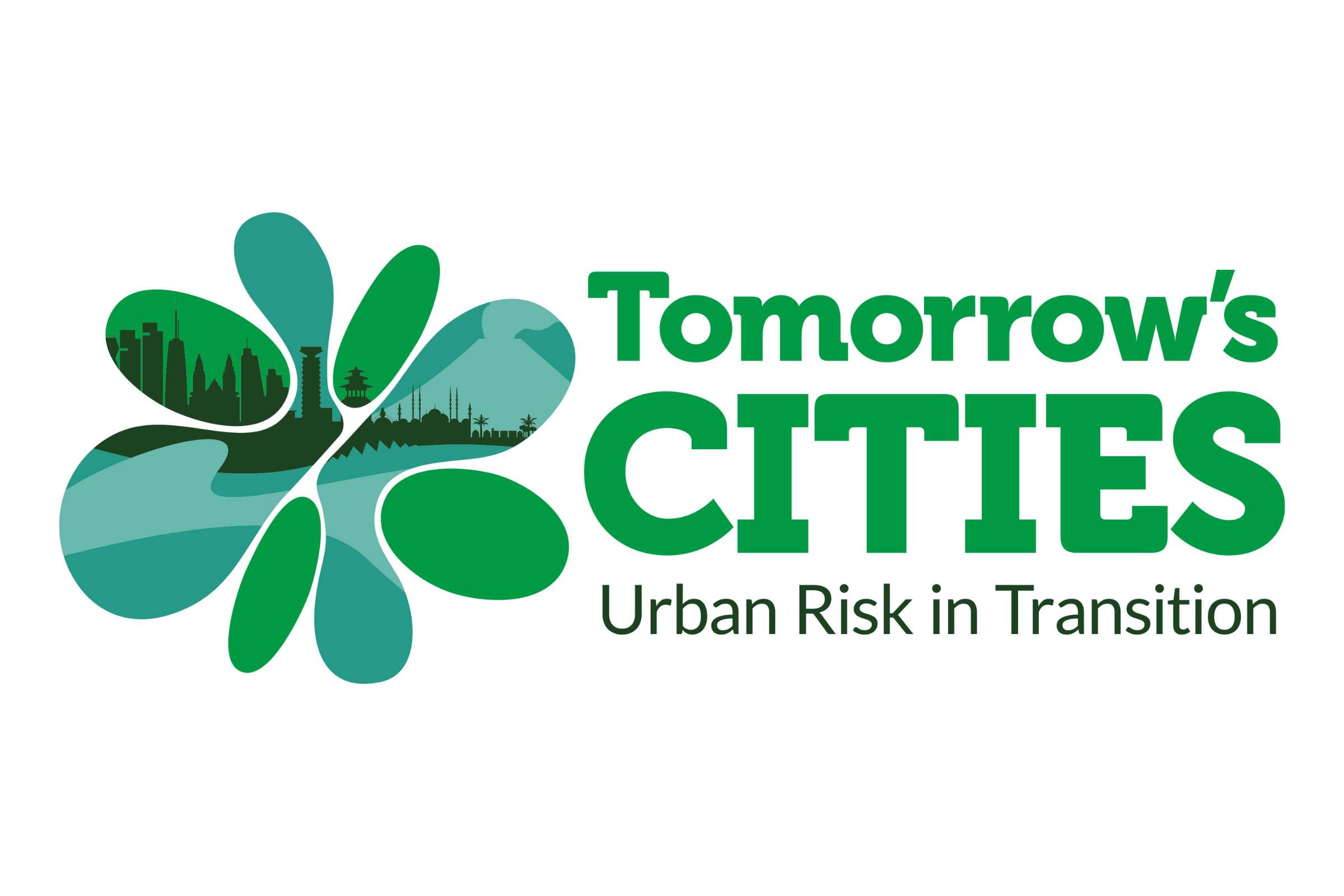
In a “Comment” just published in Nature Computational Science magazine, Tomorrow’s Cities Hub researchers demonstrate how the Hub’s innovative disaster risk reduction framework uses the power of computational modelling to facilitate multi-hazard, risk-informed urban planning and decision-making in expanding cities, addressing many of the United Nations Sustainable Development Goals (SDGs).
The comment is authored by John McCloskey, Mark Pelling, Carmine Galasso, Gemma Cremen, Emin Yahya Menteşe, Max Hope, Thaisa Comelli, Tanvi Deshpande, Ramesh Guragain, Alejandro Barcena & Roberto Gentile
According to United Nations projections, 2.2 billion more people (nearly 7 out of every 10) will be living in urban centres worldwide by 2050. 95% of this growth is anticipated to occur in the Global South, often in areas already exposed to multiple natural hazards such as earthquakes and floods. Combined with a changing climate, this has the potential to condemn hundreds of millions of people to a future locked in a cycle of disasters and poverty.
Nonetheless, urbanization can also be an opportunity to prevent this downward spiral. Time is limited though, and risk-sensitive urban planning must not only reduce disaster risk by promoting resilient infrastructure development but must also include the perspective of marginalized groups who are often overlooked and forced into high-risk areas. This is the mission of the Tomorrow’s Cities Hub.
Funded by the UK Research and Innovation (UKRI) Global Challenges Research Fund, the Tomorrow’s Cities Hub is shifting the narrative from managing current disaster risk to proactively building cities that minimize hazard exposure, reduce vulnerability and enhance resilience, with a special focus on the urban poor. For that, the Hub developed a three-stage agenda where computational tools – involving mathematical simulations, geographic information systems, and high-resolution digital visualisations – are deployed as part of an interdisciplinary process involving scientists, engineers, policymakers, economists, and representatives of the urban communities. These three stages directly address SDG1 (No Poverty), SDG11 (Sustainable Cities and Communities) and SDG13 (Climate Action):
- Digitally capturing inclusive future visions. Social science techniques are first used to understand different people’s aspirations for their future city. The resulting information is leveraged to create detailed digital urban scenarios of the future that include data on infrastructure, demographics and information on the ways in which people interact with the city, such as the transportation infrastructure they rely on to get to work.
- Exposing digital futures to likely hazard events. using physics-based computer simulations, the digital urban scenarios are subjected to different hazard events that align with the city's natural conditions. Using a custom-developed web application, impact metrics - data such as the number of casualties, injuries, displacements and economic costs, but also the effect of the hazard events on individuals from a given socioeconomic group – are calculated.
- Convening risk agreement and institutional learning. While the impacts of disasters are objective, risk perception varies based on individual or group priorities. For instance, the cost of replacing property after an earthquake is only important for those that own property. Tomorrow’s Cities computational workflow combines these individual risk perceptions with the impact metrics previously calculated, to create a local definition of risk that includes the voices of marginalised groups. The findings are shared with stakeholders, helping them to understand the origins of risk and how they relate with the decisions made during planning stages. Ultimately, changes in stakeholder decisions aimed at reducing risk are incorporated into new digital urban scenarios and retested against hazard events. This ongoing cycle seeks to improve the future by minimizing risk, enhancing the understanding of effective governance methods, and ultimately supporting evidence-based decision-making.
By acknowledging how today’s decisions affect future disaster risk and promoting interdisciplinary collaboration, Tomorrow’s Cities Hub facilitates more capable governance and evidence-based, low-risk choices towards achieving many of the United Nations SDGs. In this context, computational science serves as a crucial nexus, connecting various domains of knowledge to help bringing equity and resilience into cities of the future, today.
For more information on this critical topic and the role of computational science in shaping risk-sensitive, inclusive future cities, please refer to the full text.
Media Contact
Sérgio Esperancinha – Communications Officer
communication@tomorrowscities.org
University of Edinburgh